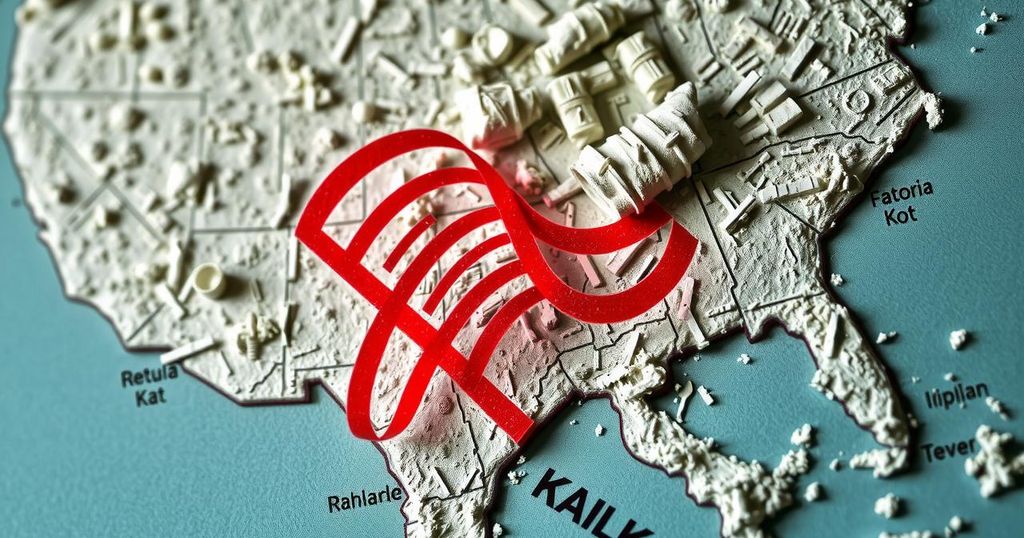A 6.1-magnitude earthquake occurred in Chile on January 2, 2023, after a series of quakes including a 4.7-magnitude in California and a 3.3-magnitude in Alaska. The USGS confirmed 25 reports of people feeling the Chile quake, reflecting increased seismic activity across various regions.
On January 2, a 6.1-magnitude earthquake struck Chile, with its epicenter located in Calama at a depth of 99 kilometers (approximately 61.5 miles), as reported by the United States Geological Survey (USGS). Soon after the event, the USGS confirmed that 25 individuals reported feeling the tremor. This significant seismic activity followed a 4.7-magnitude earthquake that occurred in California on January 1, centered in Cobb at a shallow depth of 1.1 kilometers (around 0.7 miles).
Additionally, a series of smaller earthquakes preceded these recent incidents, including a 3.3-magnitude quake in Alaska on December 30, centered in Nikolski at a depth of 39.5 kilometers (25 miles). Hours earlier, the same magnitude earthquake had been reported in California’s Fort Bidwell, at a depth of 3.4 kilometers (2.1 miles). All of these seismic activities are indicative of an active period for geological disturbances in various regions.
Notably, on December 27, a more powerful earthquake measuring 6.7 was recorded on the Kuril Islands, significantly deeper at 162.6 kilometers (101 miles). This event occurred shortly after a 3.6-magnitude tremor that rattled the McCarthy area of Alaska. Each of these incidents underscores a growing trend of seismic activity across multiple locations, with specific geological conditions influencing their occurrence.
In summary, the recent earthquakes highlight the importance of monitoring seismological events across the globe. The USGS continually provides updates on these incidents, offering critical information for public safety and awareness regarding earthquakes that may affect various regions.
Overall, the pattern of these seismic occurrences reflects the dynamic processes of the Earth’s crust and the necessity for preparedness in disaster management.
This article discusses a series of recent earthquake events, focusing particularly on a significant 6.1-magnitude earthquake in Chile, as well as several smaller quakes in California and Alaska. The United States Geological Survey (USGS) serves as the primary source of information for these seismic activities. Understanding these events is essential in acknowledging the Earth’s ongoing geological changes and the inherent risks associated with earthquakes.
In conclusion, the recent earthquakes, particularly the notable 6.1-magnitude event in Chile, restate the importance of geological vigilance in seismically active regions. With ongoing monitoring by the USGS, understanding the patterns and impacts of these tremors is crucial for disaster preparedness and response.
Original Source: wpoc.iheart.com






